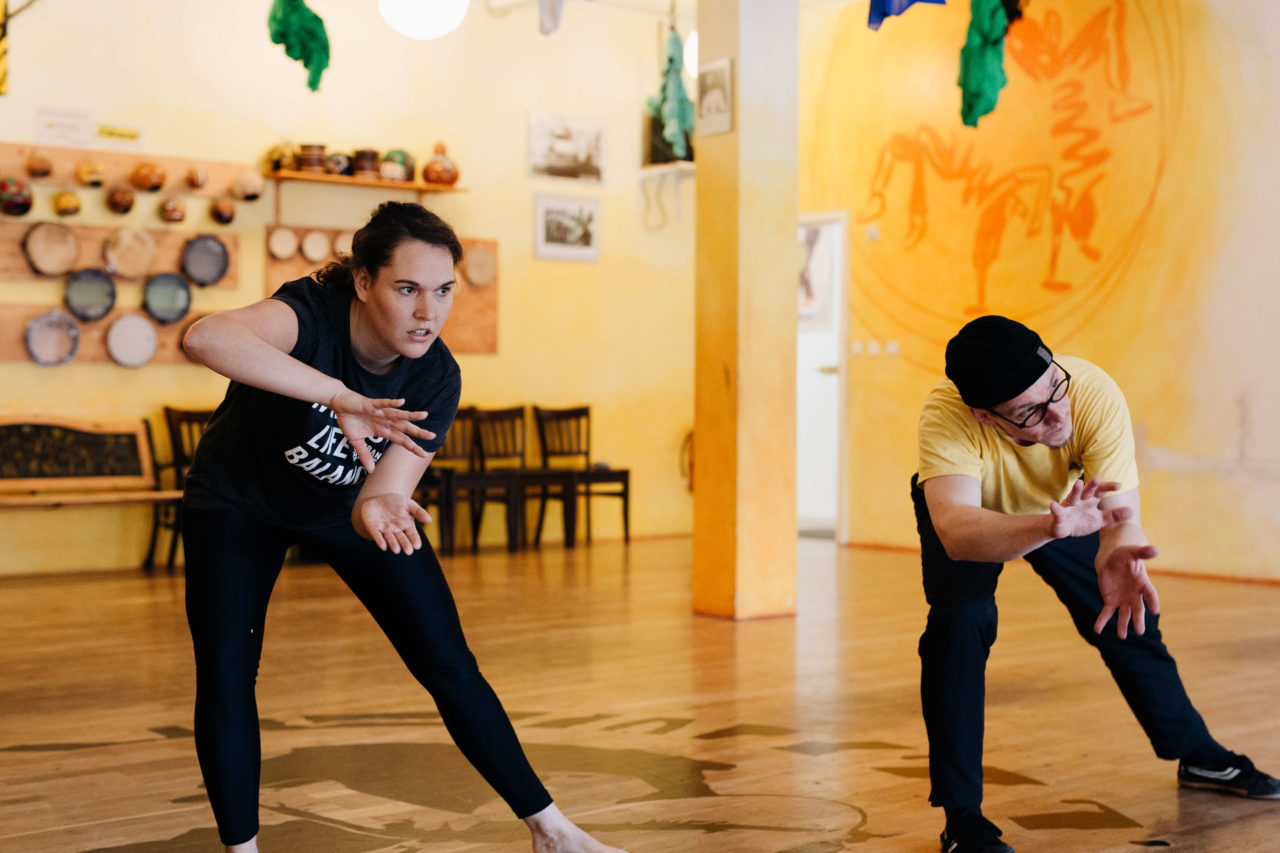
It’s a bright Friday morning in Kulturbrauerei, Prenzlauer Berg and Academia Jangada is flooded with sunshine. I’m about to begin my first Capoeira class and, with two hours ahead of me, I know I’m in for a challenging morning.
But first some context. Capoeira is a Brazilian dance and martial art with a rich, politically-charged history. Susy Oesterreicher founded Studio Janganda in 1997 with her partner Rosalvo. Susy explains how Capoeira developed in the 16th century during the time of slavery in South America. “Slaves were allowed to enjoy music and dance but they weren’t allowed to learn how to fight – because they might be able to free themselves. So Capoeira was created to look like they were dancing, not fighting.”
Capoeira is ‘played’ in groups or pairs. ”The purpose of Capoeira is not to fight somebody but to distract them,” Susy explains. “Capoeira was developed to defend, not to fight, but sometimes you must fight to defend yourself.”
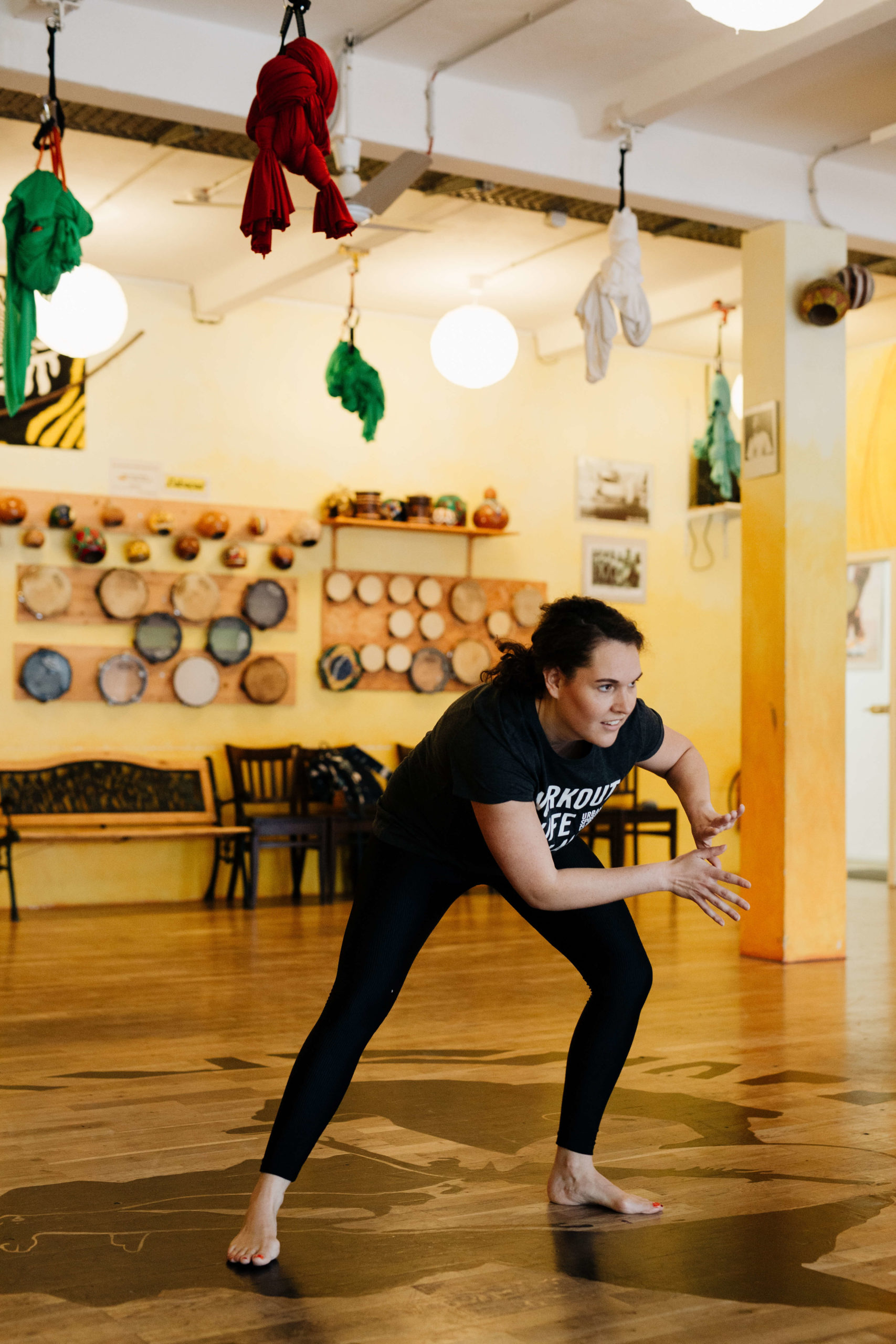
Distracting your opponent with creative movement makes the activity a pleasure to watch. “You really try and distract your enemy,” Susy says. “It’s not brutal or aggressive. You pretend nothing is happening and then behind you come. And this is beautiful to see.” Although Capoeira was born in a terrible era, the art is now symbolic of freedom and is viewed as a warriors dance.
The version most people are familiar with is Capoeira Regional. However Susy and Rosalvo are dedicated to preserving the ancient Brazilian form of Capoeira Angola. “When we opened our school there were very few masters that were consciously preserving Capoeira Angola. There was a time where people thought the way Rosalvo played Capoeira Angola was crazy. But now everybody knows this style. Everyone.”
Academia Jangada is Europe’s first ever Capoeira Angola Academy and has been instrumental in influencing Capoeira in Europe and in Rosalvo’s home country of Brazil. “He started Capoeira really young,” Susy explains. “Like a lot of Brazilians he grew up very poor and Capoeira was his thing. He got this fixation that he wanted to go to Europe and teach Capoeira.”
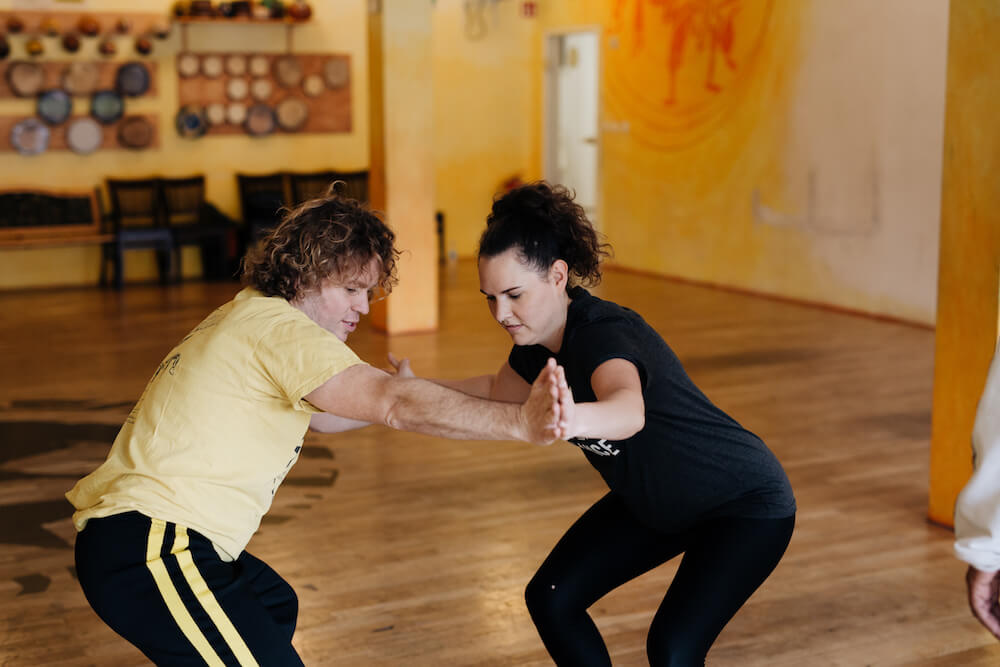
This Brazilian heritage radiates from every corner of their studio. The space is painted orange with zebra and tiger stripes on the walls. Various sized African drums fill up all four corners of the room and Brazilian flags are draped on the walls. Big leafy plants make the space feel half studio, half jungle and the atmosphere is creative and musical. I know I’m in the right place for my first Capoeira lesson.
To begin Rosalvo drags two benches into the middle of the room and simply says “Ah-oo” (spelt Aú). Everyone does a cartwheel over the bench. “I absolutely can’t do that.” I say to Rosalvo. “Okay, let’s start from the beginning,” he says.
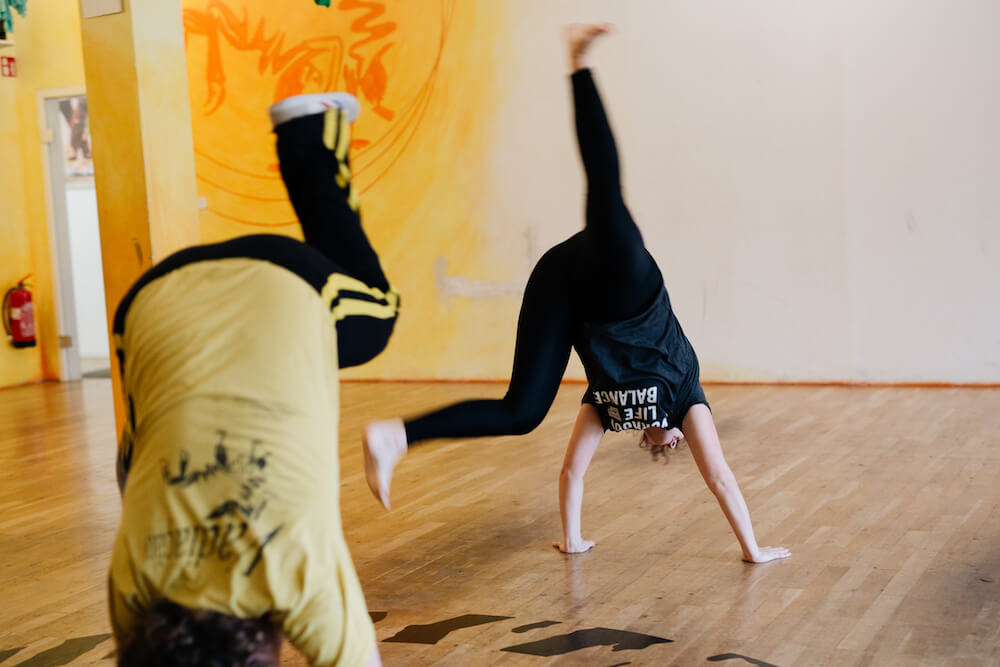
I apologise to the clearly advanced Capoeira class for holding them up. “Don’t worry,” they say. “We all had to start somewhere.”
Rosalvo indicates for me to copy what he does and slowly, with immense strength and deftness, cartwheels in the air. I follow him, about as elegant as an elephant with clogs on, and Rosalvo seems perfectly happy with the result. “Good.” He says. Rosalvo is a man of few words.
He is able to direct this class with one-word instructions, each of which mean different Capoeira moves. Aú, for example, means to cartwheel. Ginga (pronounced jeen-gah) is the basic step of Capoeira and translates to ‘rock back and forth’ or ‘swing.’ “Every move starts with Ginga,” Rosalvo explains.
True to the original practice, we learn in pairs, mirroring each other. “Ginga.” Rosalvo says and my partner and I, facing each other, two-step back and forth slowly across the room with our heads down. This rhythmic step is what gives Capoeira its characteristic beautiful aesthetic. “Aú.” Rosalvo says and my partner and I cartwheel together, moving back into basic step immediately.
This is so much fun. I can’t help but grin from ear to ear.. Capoeira is a game, a dance and a martial art all in one. People don’t “do” Capoeira – they play it. In fact it’s common to play with a smile on your face, to distract your opponent from thinking that any danger is coming and to show your own bravery in the face of danger.
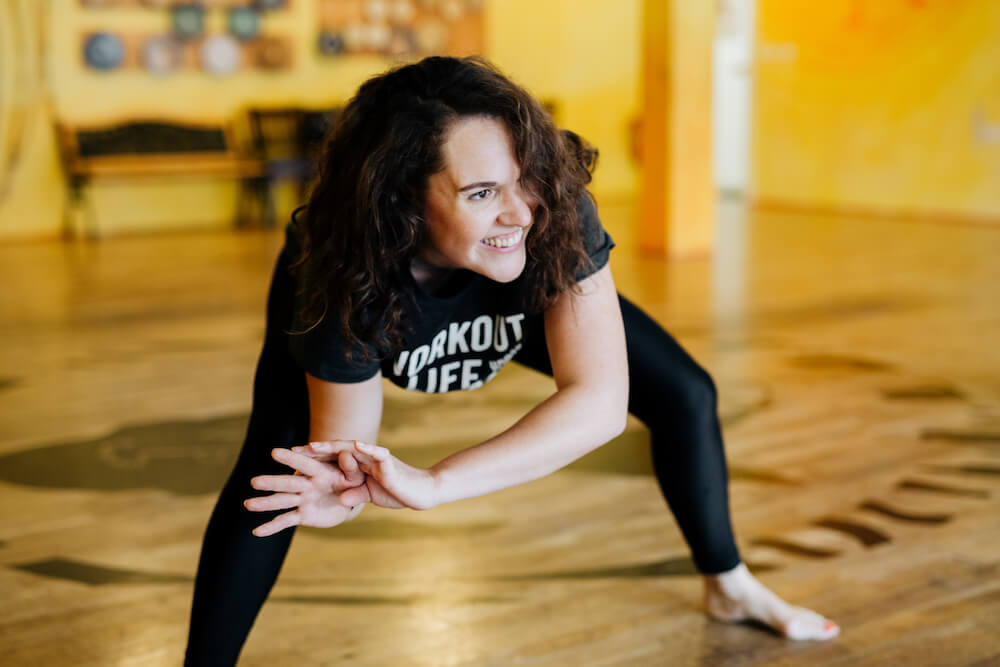
Rosalvo sits on a bench and bangs out a rhythm on a drum. “Negativa.” He says and I follow my partner into a low lunge. Together we must spin and turn – he to kick and me to defend.
“Capoeira is good for you in so many ways,” Susy explains. “You train your whole body. You learn how to do handstands or cartwheels. You really build up muscles. But because it’s also a dance you exercise your brain too.” Susy also loves the mental benefits to Capoeira. “It takes all the thoughts out of your brain and it really empties your mind.. The drum rhythm from Capoeira is similar to trance.”
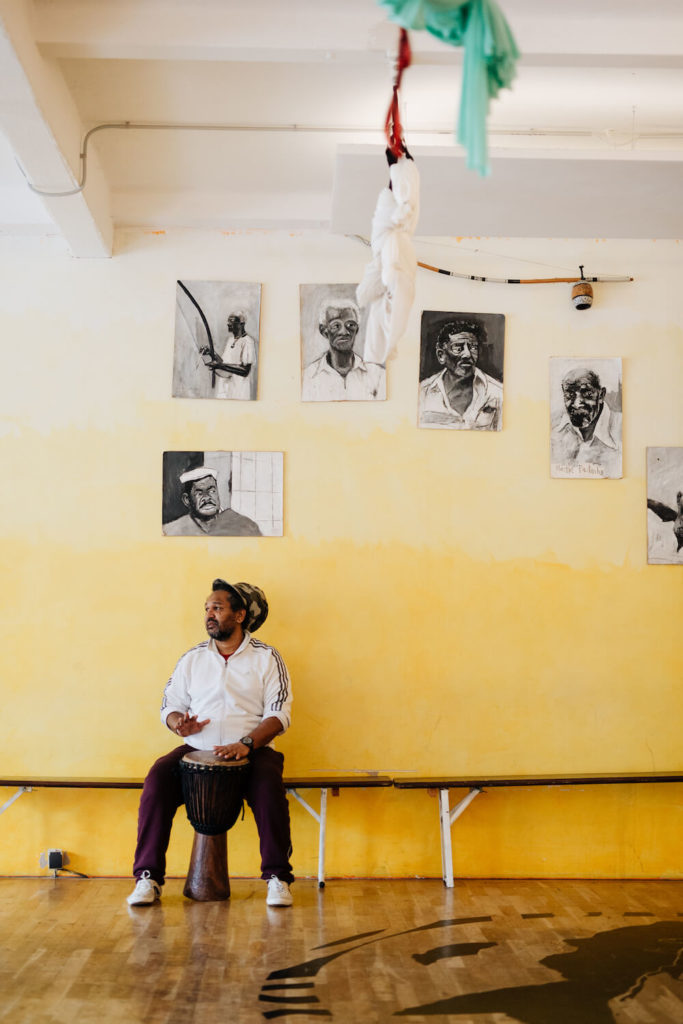
One hour into the class and I am fully sweating. This is physically extremely challenging, especially when Rosalvo commands we hover in a low wide squat, shifting our weight from one leg to another until I lose the power of both and essentially collapse. However everyone is so kind and encouraging that, except for the times where they spin around on their heads and breakdance on the floor, I feel like I’m doing a good job keeping up. But then everything changes when Rosalvo says “Armada” – AKA reverse roundhouse kick.
I’ve always struggled with knowing my left from my right. Usually when someone says “turn left” I just take a guess, happy in the knowledge there’s a 50% chance that I’ll get it right. Unfortunately Rosalvo wasn’t satisfied with this technique.
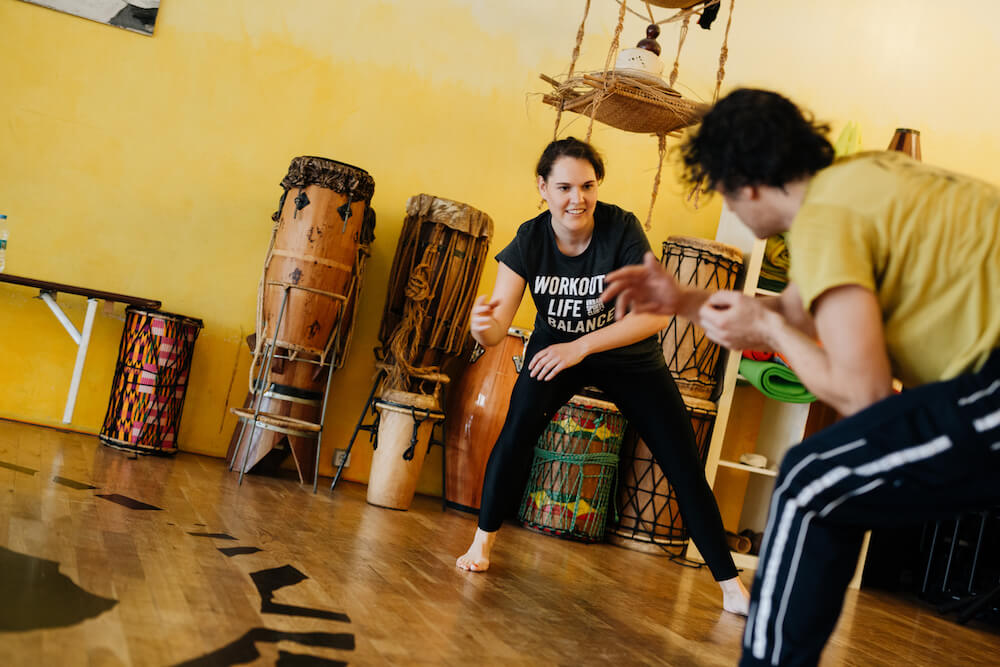
“Armada.” Rosalvo says and my partner spin kicks around. I do exactly the same thing, or so I think, but Rosalvo stops drumming and says “Nein nein nein. Armada.” I do my reverse roundhouse kick again. “Nein nein nein.” I keep trying but I just cannot figure out which way I need to turn.
Ten minutes later. Everyone in the class has surrounded, shouting various instructions to try and get me to simply turn around in a circle. But I just can’t figure it out. “Keep your front foot on the ground!!!” They say. “Turn away from the wall!!!!”
It’s no good. The more instructions they give me the more confused I get. Then, after about fifty attempts, I take a deep breath, block out all the background noise and concentrate. “Armada.” Rosalvo says. I close my eyes, turn around and kick. The entire class erupts, yelling with joy and clapping me on the back. “Well done Alice!!!” I can’t believe how much praise I get for just turning around in a circle. “It’s really difficult the first time!” They say. Rosalvo nods silent approval and goes back to drumming.
Later I ask Susy if it’s the norm for people to be so kind and supportive. “Yes,” she says with a proud smile. “That’s Capoeira.”
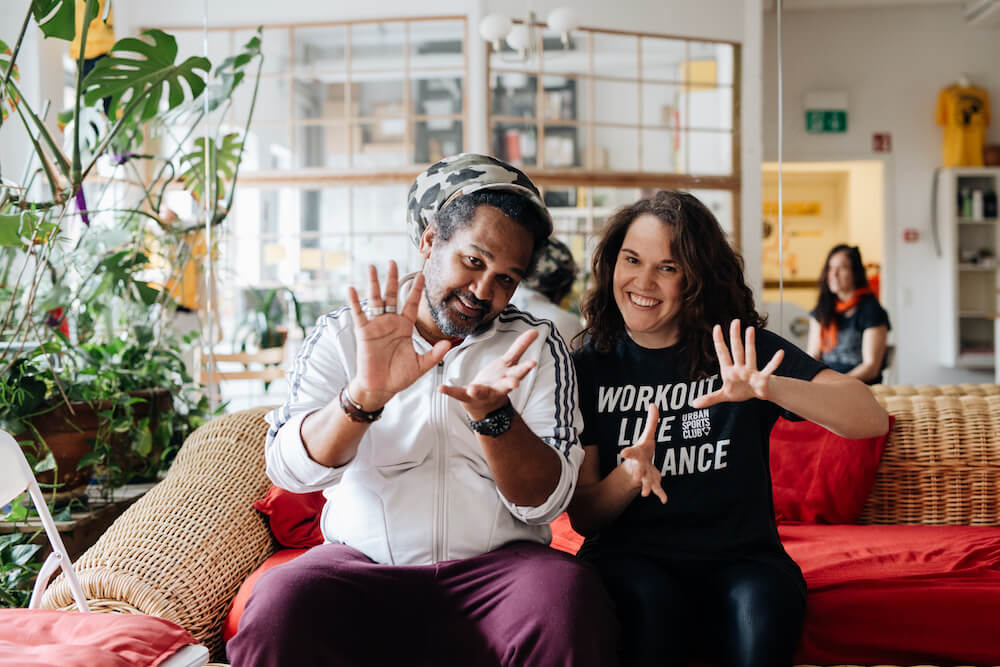
If you’re based in Berlin then pay a visit to Academia Jangada and follow them on Facebook for all their latest updates.
Urban Sports Club has tons of Capoeira partners all over Europe. Take a look at our site to see what’s happening near you.

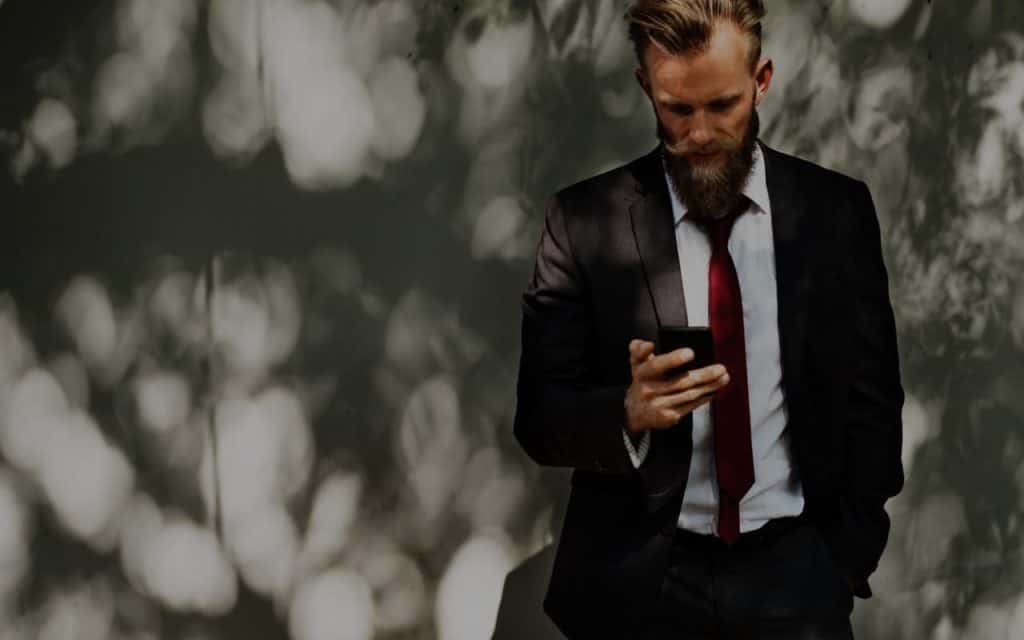

Comments